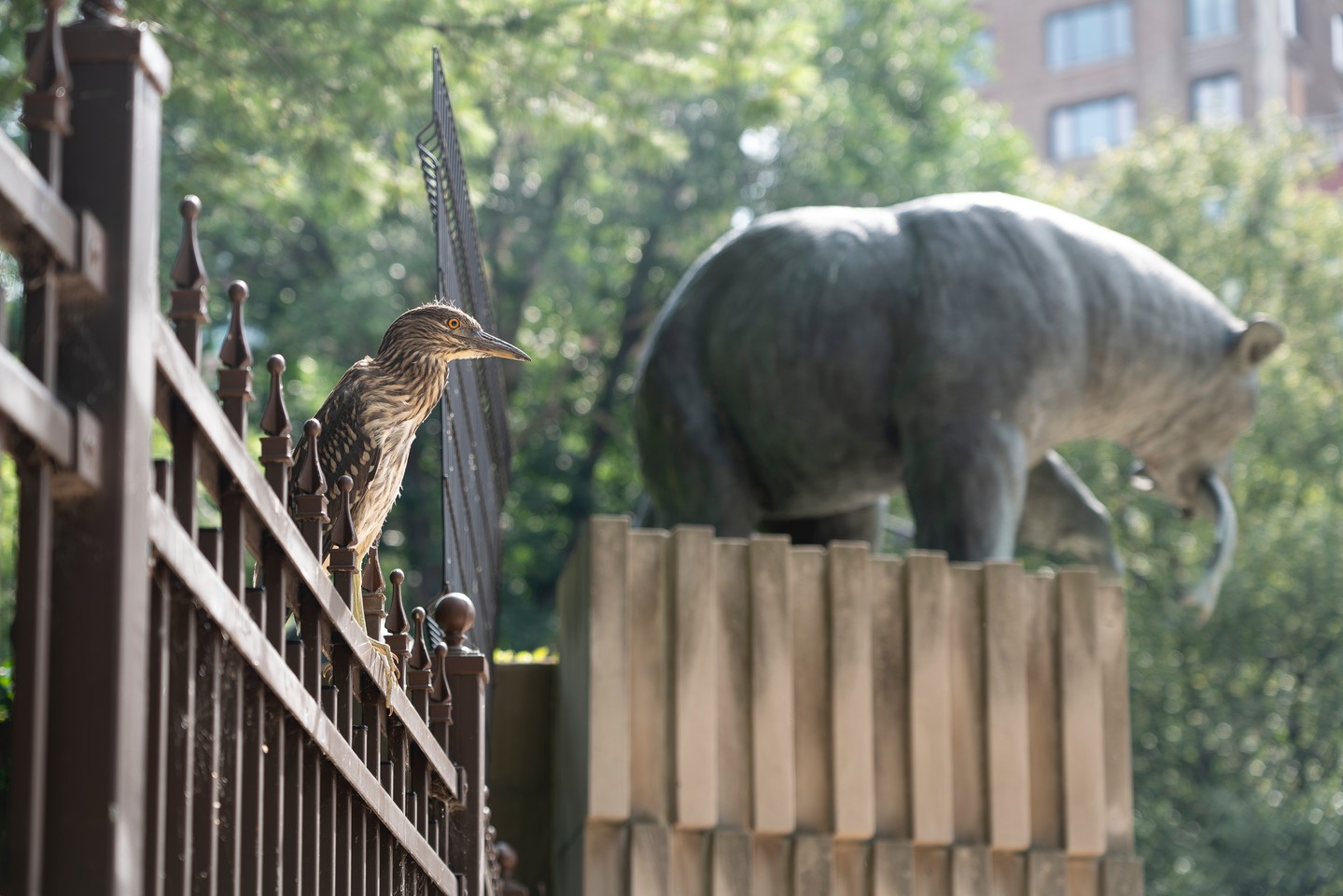- The significance of black-crowned night herons at Lincoln Park Zoo
- Habitat and nesting habits of black-crowned night herons
- Conservation efforts at Lincoln Park Zoo and its impact
- Importance of providing space and protection for nesting colonies
- The role of zoos in wildlife conservation and education
Lincoln Park Zoo, nestled in the vibrant city of Chicago, provides a critical refuge for various wildlife species, including the black-crowned night herons. These striking birds have been making their seasonal return to the zoo, marking the arrival of warmer days. They have established a growing colony at the Pritzker Family Children’s Zoo, a testament to the conservation success that the zoo has nurtured.
Black-crowned night herons are medium-sized wading birds, easily identified by their stocky build and distinctive black cap and back. Their return to Lincoln Park Zoo signifies not only a seasonal change but also highlights the importance of urban habitats in supporting endangered species. The zoo has recorded over 760 individuals as of early May, showcasing the zoo’s commitment to conservation and ecological balance.
Understanding the habitat and nesting habits of black-crowned night herons is essential to appreciating their presence at Lincoln Park Zoo. These birds prefer wetlands, marshes, and coastal regions, where they can find ample food resources. During breeding season, they form colonies, often in areas surrounded by water, to protect their young from predators.
In urban settings, the herons have adapted to using suitable trees and large shrubs. At Lincoln Park Zoo, their nests are often found in the trees surrounding the Pritzker Family Children’s Zoo, where they benefit from the protection and food availability. This adaptability is crucial for their survival, especially in environments where natural habitats are dwindling.
Lincoln Park Zoo’s role in conserving the black-crowned night heron is multifaceted. Critical to this effort is providing a safe nesting environment, which sometimes necessitates temporary measures like tenting pathways to minimize disturbances. These actions reflect a broader conservation strategy that aims to create a balance between human activity and wildlife needs.
The zoo’s conservation efforts extend beyond habitat management. Education and public awareness are also key components. By highlighting the presence and ecological significance of the herons, the zoo fosters a greater understanding and appreciation among its visitors. This awareness is pivotal in promoting sustainable behaviors that can aid in wildlife conservation efforts more broadly.
Creating space and protection for nesting colonies is vital for the survival of these birds. The temporary closure of pathways at the Pritzker Family Children’s Zoo is one example of how human activities can be adjusted to accommodate wildlife needs. Such considerations help reduce stress and disturbance to nesting birds, increasing their chances of reproductive success.
Zoos like Lincoln Park play a crucial role in wildlife conservation and education. They serve as living classrooms, where visitors can learn about biodiversity and species preservation. Initiatives at the zoo provide valuable data on species like the black-crowned night heron, contributing to broader conservation efforts worldwide. They also offer a glimpse into the challenges and successes of urban wildlife management.
The presence of black-crowned night herons at Lincoln Park Zoo is more than just a seasonal attraction; it’s a powerful reminder of the importance of urban conservation initiatives. Supporting these efforts through education and community engagement is essential for the continued survival of species that find sanctuary in such environments. By understanding and appreciating the intricate balance needed to maintain these colonies, we contribute to a future where wildlife and urban settings can coexist harmoniously.
*****
Source Description
Warmer days are here! Flowers are blooming, temperatures are rising, and the black-crowned night herons have returned to Lincoln Park Zoo.
These endangered birds have made their nests here at the zoo for over a decade, their numbers growing with each passing year. As of early May, over 760 birds were counted at Pritzker Family Children’s Zoo.
To help give this colony some space, the outdoor pathway at Pritzker Family Children’s Zoo is tented until further notice.


